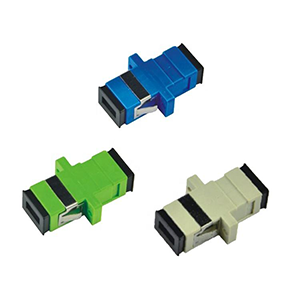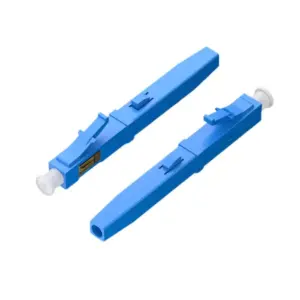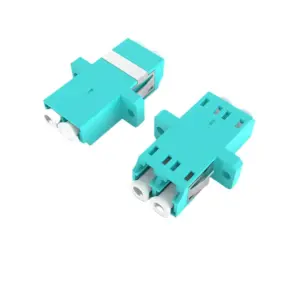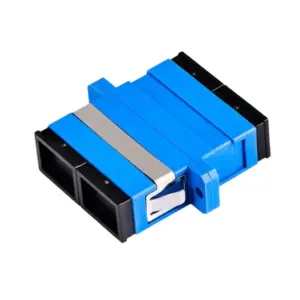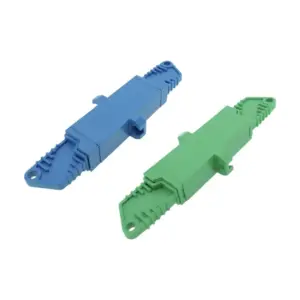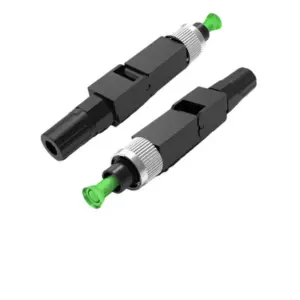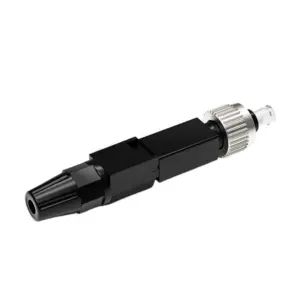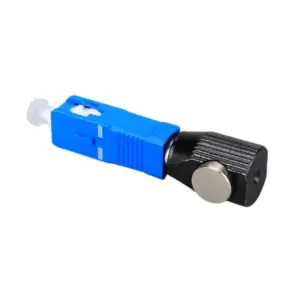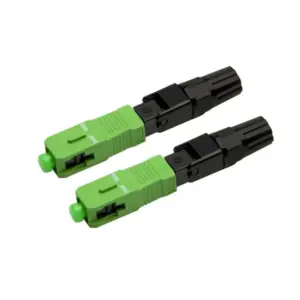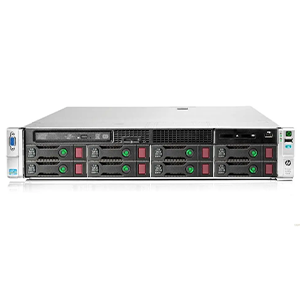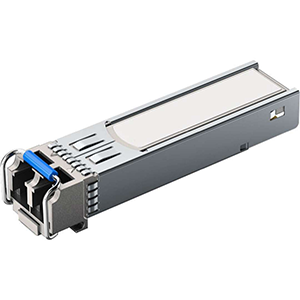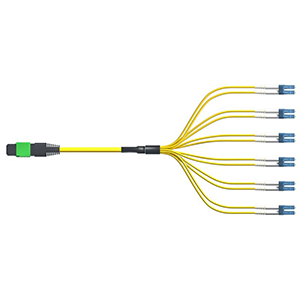In today’s article, I will discuss with you the importance and role of fiber optic connectors. We will compare and explore three common fiber optic connectors: LC, ST, and SC, and gain an in-depth look at their pros and cons. With a detailed breakdown of these connectors, you will be able to choose the connector that best suits your needs and provide a quality solution for your fiber optic network architecture. let’s start!
What is LC fiber optic connector
LC connector is a small fiber optic connector with compact appearance and structure. The following is an introduction to the appearance and structure, working principle and fiber alignment, advantages and applicable scenarios of the LC connector, as well as the advantages of compactness and high-density applications:
Appearance and structure:
- Appearance: The appearance of the LC connector is rectangular, usually half smaller than the SC connector. It has a rectangular housing with sockets attached to the tinted sleeves on both sides.
- Structure: The LC connector has a ceramic or plastic ferrule attached to the housing with a round pin. The pins on the ferrule and the connection end of the optical fiber are connected by inserting into the socket. LC connectors typically use a twist-type locking mechanism to securely maintain the connection.
Working principle and fiber alignment:
- Working principle: The working principle of LC connector is based on precise fiber alignment and connection. The pins on the ferrule are aligned with the ceramic or plastic sleeve at the fiber optic connection end to ensure the transmission of optical signals.
- Fiber alignment: LC connectors usually use precision ceramic sleeve alignment. The ceramic sleeve at the optical fiber connection end has a jack with a diameter of 1.25mm. When the pin is inserted into the jack, it is accurately positioned with the optical fiber to ensure the best optical coupling efficiency.
Advantages and applicable scenarios:
- Advantages:
- Compactness: LC connectors are smaller than other connectors, occupy less space, and are suitable for high-density optical fiber connection environments.
- Low insertion loss: LC connectors usually have low insertion loss and provide better optical transmission performance.
- High reliability: LC connector has stable connection and high plug-in and pull-out times, and is suitable for scenarios that require frequent plug-in and pull-out or have high reliability requirements.
- Applicable scenarios:
- Data Center: LC connectors are suitable for data center environments where a large number of fiber optic connections are required and high density is required.
- High-speed network switches: Due to the compactness and high-density nature of LC connectors, they are often used in high-speed network switches to provide more ports and connection options.
- Telecommunications and communication systems: LC connectors are also a common choice in telecommunications and communication systems and are suitable for connecting multi-mode and single-mode optical fibers.
- Advantages:
Compact and high-density application advantages:
- Compactness: The small size of the LC connector makes it suitable for limited spaces, allowing higher connection density in racks and panels.
- High-density applications: Due to the compactness and reduced jack size of LC connectors, they can provide more connection options, making it possible to achieve more fiber optic connections in restricted spaces, especially suitable for high-density applications Application scenarios such as data centers and network switches.
In short, the LC connector has a compact appearance and structure, achieving stable light transmission through precise fiber alignment. They have advantages in compactness, low insertion loss, high reliability and high-density applications, and are suitable for scenarios such as data centers, high-speed network switches, telecommunications and communication systems, and are especially suitable for environments that require more optical fiber connections in a limited space. .
What is ST optical fiber connector
ST connector is a common fiber optic connector with a specific appearance and structure. The following is an introduction to the appearance and structure, working principle and optical fiber alignment, advantages and applicable scenarios, reliability and wide range of application areas of the ST connector:
Appearance and structure:
- Appearance: The ST connector has a cylindrical appearance, similar to a standard audio plug. It has a metal or plastic casing with a swivel socket around the casing.
- Structure: There is a ceramic or metal ferrule inside the ST connector, and a round pin on the ferrule. The connection between the ferrule and the fiber optic connection end is made by inserting into the socket and secured using a swivel socket.
Working principle and fiber alignment:
- Working principle: The working principle of ST connector is based on precise fiber alignment and connection. The pins on the ferrule are aligned with the ceramic sleeve or metal sleeve at the optical fiber connection end to ensure the transmission of optical signals.
- Fiber alignment: ST connectors usually use precision ceramic sleeve or metal sleeve alignment. The sleeve at the optical fiber connection end has a jack with a diameter of 2.5mm. When the pin is inserted into the jack, it is accurately positioned with the optical fiber to ensure the best optical coupling efficiency.
Advantages and applicable scenarios:
- Advantages:
- Reliability: The ST connector has a relatively solid structure and can be plugged and unplugged frequently. It has high reliability and stability and is suitable for scenarios that require frequent plugging and unplugging or long-term use.
- Shell protection: The ST connector’s shell provides good protection against dust, contamination and mechanical stress, helping to maintain the integrity of the fiber.
- Wide applicability: ST connectors are suitable for multi-mode and single-mode optical fiber connections and can meet different network needs.
- Applicable scenarios:
- Communication rooms and computer rooms: ST connectors are widely used in communication rooms and computer rooms, especially in long-distance transmission and network expansion.
- Local Area Network (LAN): ST connectors are suitable for interconnection of local area networks, such as establishing connections between network cables and network devices.
- Video Surveillance: Due to the reliability and wide applicability of ST connectors, they are also commonly used in video surveillance systems to connect cameras and surveillance equipment.
- Advantages:
Reliability and wide range of applications:
- Reliability: Due to its solid structure and reliability, ST connectors are widely used in scenarios that require long-term stable operation and frequent plugging and unplugging.
- Wide application fields: ST connectors are widely used in many fields such as communications, data centers, local area networks, video surveillance, and industrial control, and are suitable for various fiber optic connection needs.
In summary, ST connectors have a cylindrical appearance and structure that enable reliable light transmission through precise fiber alignment. They have advantages in reliability, case protection and wide applicability and are suitable for a wide range of applications such as communication rooms, computer rooms, LANs, video surveillance and industrial control. ST connectors are favored for their reliability and stability and play an important role in fiber optic communications.
What is SC fiber optic connector
SC connector is a common fiber optic connector with a specific appearance and structure. The following is an introduction to the appearance and structure, working principle and optical fiber alignment, advantages and applicable scenarios, compatibility and ease of use of the SC connector:
Appearance and structure:
- Appearance: The SC connector has a square or rectangular appearance, similar to a pull-down button. It has a casing with sockets and pins on both sides of the casing.
- Structure: There is a ceramic or metal ferrule inside the SC connector, and a round pin on the ferrule. The connection between the ferrule and the fiber optic connection end is done by inserting into the socket and secured using a push-pull socket.
Working principle and fiber alignment:
- Working principle: The working principle of SC connector is based on precise fiber alignment and connection. The pins on the ferrule are aligned with the ceramic sleeve or metal sleeve at the optical fiber connection end to ensure the transmission of optical signals.
- Fiber alignment: SC connectors usually use precision ceramic sleeve or metal sleeve alignment. The sleeve at the optical fiber connection end has a jack with a diameter of 2.5mm. When the pin is inserted into the jack, it is accurately positioned with the optical fiber to ensure the best optical coupling efficiency.
Advantages and applicable scenarios:
- Advantages:
- Compatibility: SC connectors have good compatibility and can connect many types of optical fibers, including single-mode and multi-mode optical fibers.
- Easy plugging and unplugging: The SC connector uses a push-pull socket, which facilitates plugging and unplugging operations, giving it an advantage in terms of ease of use.
- Wide application: SC connectors are suitable for a variety of application scenarios, such as data communications, telecommunications, radio and television, and computer networks.
- Applicable scenarios:
- Data centers and network switches: SC connectors are widely used in data centers and network switches for high-speed network connections and device interconnection.
- Telecommunications and communication systems: SC connectors are also common in telecommunications and communication systems and are used for long-distance transmission and network expansion.
- CATV and broadcast television: Due to its compatibility and reliability, SC connectors are widely used in fiber optic transmission of cable television and broadcast television.
- Advantages:
Compatibility and ease of use:
- Compatibility: SC connectors have good compatibility and can connect different types and specifications of optical fibers, including single-mode and multi-mode optical fibers, making them suitable for various optical fiber connection needs.
- Ease of use: The SC connector uses a push-pull socket, which makes plugging and unplugging operations quick and easy without rotating or turning, making it easy to install and maintain.
In summary, SC connectors have a square or rectangular appearance and structure, enabling reliable light transmission through precise fiber alignment. They have advantages in compatibility, ease of use and wide application, and are suitable for many fields such as data centers, network switches, telecommunications and communication systems, CATV and broadcast television. SC connectors are widely used due to their compatibility and ease of use, and provide a reliable solution for fiber optic connections.
Compare LC, ST and SC connectors
LC, ST and SC are three common fiber optic connectors. They have some differences in size and shape, plugging and unplugging performance and reliability, advantages and disadvantages in high-density deployment and space-constrained environments, as well as transmission loss and bandwidth requirements. difference. Here are the details comparing them:
Dimensions and appearance:
- LC connector: The LC connector is smaller, rectangular in shape, and approximately 10.75mm × 6.25mm in size.
- ST connector: The ST connector is larger, cylindrical in shape, and approximately 25mm × 8.3mm in size.
- SC connector: The SC connector is smaller, square in shape, and approximately 10.75mm × 8.5mm in size.
Plug and unplug performance and reliability:
- LC connector: LC connector has good plugging and unplugging performance and reliability, and is suitable for scenarios that require frequent plugging and unplugging.
- ST connector: The ST connector has good plugging and unplugging performance and reliability, and is suitable for long-term use and stable connection applications.
- SC connector: SC connector has good plugging and unplugging performance and reliability, and is suitable for a variety of application scenarios.
High-density deployment and space-constrained environments:
- LC connector: Due to its small size, LC connector is suitable for high-density deployment and space-limited environments, such as data centers, network equipment, and fiber optic patch cords.
- ST connector: Due to its larger size, ST connector is suitable for environments with relatively spacious space, such as communication equipment rooms and local area networks.
- SC connector: SC connector is suitable for high-density deployment and space-limited environments due to its smaller size and ease of plugging and unplugging.
Transmission loss and bandwidth requirements:
- LC connector: LC connector can achieve lower transmission loss and support high-bandwidth applications, and is suitable for high-speed networks and single-mode optical fiber transmission.
- ST connector: The ST connector has low transmission loss and supports a certain degree of bandwidth requirements, and is suitable for multi-mode optical fiber transmission and conventional networks.
- SC connector: SC connector has lower transmission loss and meets high bandwidth requirements, and is suitable for single-mode and multi-mode optical fiber transmission.
To summarize, LC, ST and SC connectors differ in size and shape, mating performance and reliability, advantages and disadvantages in high-density deployment and space-constrained environments, as well as transmission loss and bandwidth requirements. LC connectors have the advantages of smaller size and high-density deployment and are suitable for high-speed networks and single-mode fiber transmission. ST connector is suitable for long-term use and stable connection scenarios. SC connectors have smaller size, easy plugging and unplugging, and low transmission loss, making them suitable for high-density deployments and multipleapplication scenarios. Selecting the appropriate connector requires consideration of specific application requirements and environmental constraints.
Summary
Thank you for reading our blog! Through the discussion in this article, you will have a deeper understanding of the three types of optical fiber connectors: LC, ST and SC. LC connectors are known for their compact appearance and advantages in high-density applications, making them suitable for environments requiring a large number of connections. ST connectors are known for their reliability and wide range of applications and are suitable for various network scenarios. SC connectors are popular for their compatibility and ease of use and are suitable for a variety of fiber optic applications.
Among our products, we offer various types of fiber optic connectors to meet the different needs of network architectures. When you choose our connectors, you get high quality, reliability and performance. Whether you are building a large data center, expanding your enterprise network or delivering high-speed internet services, we can provide you with the best fiber optic connectivity solutions.
LC vs ST vs SC Fiber Optic Connectors FAQ
The main differences between LC, ST, and SC connectors are their size, connection mechanism, and popularity. LC connectors are smaller and use a latch-style mechanism, ST connectors are larger and use a bayonet-style twist lock mechanism, and SC connectors are medium-sized and use a push-pull mechanism.
Among these three connectors, LC connectors have gained more popularity in recent years due to their smaller size and higher density capabilities. However, ST and SC connectors are still widely used in certain applications.
The advantage of using LC connectors is their smaller size, which allows for higher density installations. They are commonly used in environments where space is limited, such as data centers and high-density patch panels.
ST connectors are known for their durability and robustness. They are designed to withstand repeated mating cycles and provide a secure connection, making them suitable for applications where connection stability is critical.
SC connectors provide a balance between size and durability. They are widely used in various applications and are known for their reliable performance and ease of installation.
No, LC, ST, and SC connectors are not directly compatible with each other. They have different sizes, connection mechanisms, and mating sleeves, so adapters or hybrid patch cords are required to connect cables terminated with different connector types.
LC and SC connectors are commonly used with single-mode fiber due to their compatibility and smaller size. ST connectors are less common in single-mode applications but can still be used if necessary.
All three connectors, LC, ST, and SC, can be used with multimode fiber. However, LC connectors are more commonly used in multimode applications due to their smaller size and higher density capabilities.
Yes, adapters are available that allow for conversion between LC, ST, and SC connectors. These adapters are useful when connecting devices or cables with different connector types, allowing for seamless integration in mixed connector environments.

